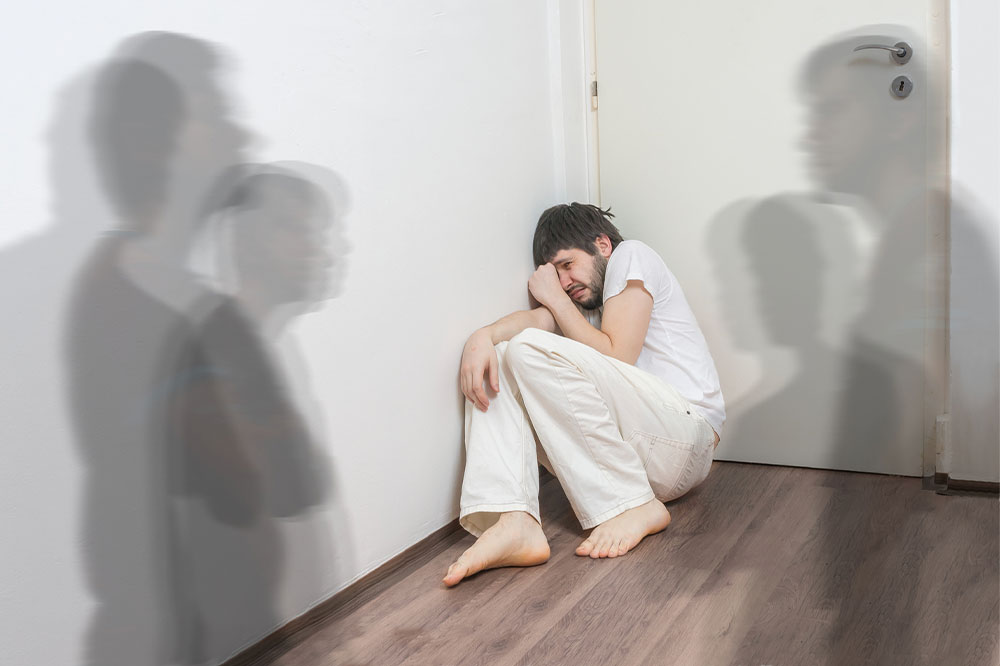Understanding Hallucinations: Types, Causes, and Indicators
Discover the various types of hallucinations, their common causes, and warning signs. This comprehensive guide helps in understanding how sensory perceptions can be altered due to health and psychological factors. Early diagnosis and appropriate treatment are essential for effective management. Learn about the symptoms linked with mental health conditions, neurological disorders, and lifestyle influences to better recognize and address hallucinations promptly.

Understanding Hallucinations: Types, Causes, and Indicators
Hallucinations are sensory perceptions that occur without any real external stimulus. This psychological condition causes individuals to see, hear, or sense things that aren't present. It affects people across all age groups and can be managed effectively with proper diagnosis and treatment. Recognizing the initial symptoms is crucial for timely intervention. Continue reading to explore different types of hallucinations, their causes, and warning signs.
What exactly are hallucinations?
Derived from the Latin term "hallucinatus," meaning to "wander in the mind" or "dream," hallucinations are perceptions of experiences that lack actual external sources.
In simple terms, hallucinations are vivid sensory experiences generated by the brain, despite the absence of real stimuli. They can involve any of the five senses, like hearing voices or seeing objects that others do not.
Types of hallucinations
There are five primary categories, each with distinct symptoms:
Visual hallucinations
Seeing nonexistent images, shapes, or figures, including people or objects, is characteristic of this type.
Auditory hallucinations
Individuals hear voices or sounds that no one else perceives. They often occur in solitude.
Olfactory hallucinations
People might catch strange smells without any physical source.
Tactile hallucinations
Feelings such as insects crawling on or under the skin, or sensations like tickling or warm air blowing on the face, are typical.
Gustatory hallucinations
This rare form involves experiencing unusual tastes despite consuming normal food.
What leads to hallucinations?
Various factors can trigger hallucinations, which may differ between individuals. Common causes include:
Sleep deprivation
Lack of sufficient rest or sleep disorders like apnea can result in hallucinations, as the brain struggles without proper rest.
Dehydration
Not drinking enough water, especially in hot climates or after physical activity, can impair brain functions and induce hallucinations due to reduced oxygen supply.
Tumors
Tumors involving the optic nerve or brain can cause visual or vivid hallucinations, necessitating medical attention.
Emotional stress or grief
Intense feelings of sadness or loss can lead to seeing or communicating with departed loved ones, often due to emotional overload affecting brain processing.
Health conditions associated with hallucinations
Several medical disorders may manifest hallucinations as symptoms, including:
Schizophrenia
A chronic mental illness where distinguishing between reality and imagination becomes difficult, often involving visual hallucinations.
Delirium
A sudden mental disturbance marked by confusion, disorientation, and hallucinations, frequently accompanied by speech and behavioral issues.
Dementia
Age-related cognitive decline that can cause forgetfulness, confusion, and sometimes hallucinations.
Parkinson's disease
A neurological disorder that may induce visual and auditory hallucinations, especially during treatment phases.
Sometimes, treatments for conditions like Parkinson’s or dementia might contribute to hallucinations. Consulting a healthcare provider if symptoms appear is essential. Early detection and management are key to maintaining quality of life. Understanding the causes and recognizing early signs help prevent the progression of symptoms and facilitate effective treatment.










